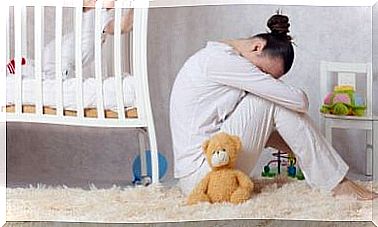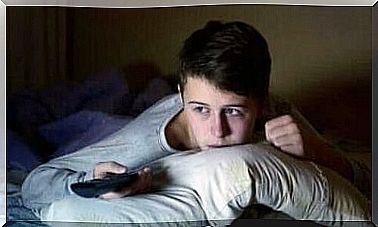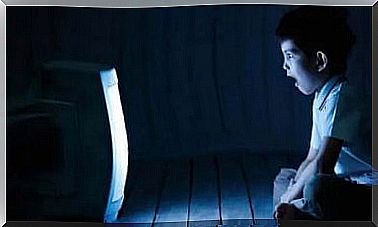An Ecological Approach To Bullying
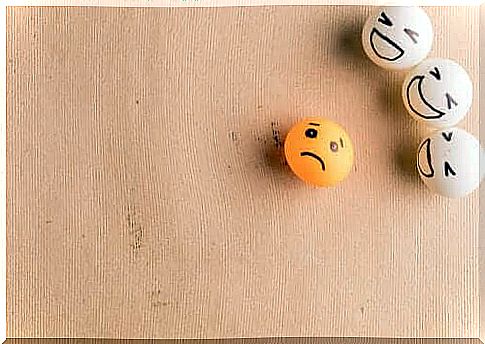
Bronfenbrenner’s ecological systems theory can be introduced in the fight against bullying. We will now explain what it means to use an organic approach to bullying.
Bullying is not only an educational problem but also a social problem. Because of this, we need to take our precautions and use an organic approach to bullying.
All the areas and environments in which a child grows up and develops should be included in this approach. This is because each area can play a role in solving the problem of being bullied at school.
A child’s right not to be bullied
According to the Convention on the Rights of the Child (CRC), approved by the United Nations General Assembly (UN) on November 20, 1989, children have a number of rights that states must guarantee.
One of these rights, defined in Article 19 of the CRC, is to protect their physical and personal integrity from all forms of violence and ill-treatment.
One of these areas where we should protect our children is in school or other educational establishments, as there are many students who, at present, are exposed to violence in school.
We should not tolerate this and we must do everything we can to prevent it. All children must have the right to receive qualified education in a safe and inviting environment.
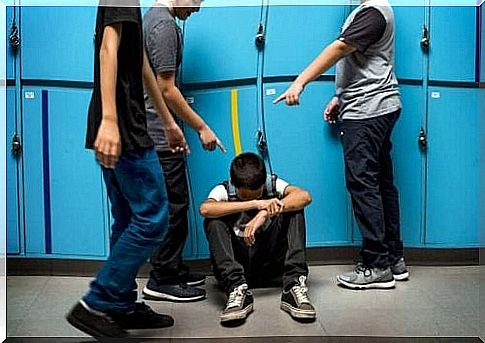
The fact is that the education system has a privileged position that it can use to solve the problem of bullying. It is well placed to provide students and their families with the knowledge and skills they need to communicate, negotiate and resolve conflicts in a constructive and positive way.
An ecological approach to bullying
To deal with bullying, Bronfenbrenner’s ecological systems theory is a very useful tool. This theory describes a person’s development as an interaction between biological qualities and the relationships with different environments. These are the 5 different systems that the theory highlights:
- Microsystem
- Mesosystem
- Exosystem
- Macrosystem
- Kronosystem
These systems can be transferred to children’s lives, as described below:
Microsystem
This refers to the closest and intermediate environment of the child. It is constituted, first and foremost, by the family, as their immediate environment. However, it also includes the school (the classroom, the teachers and the classmates) and groups of friends.
Mesosystem
This is the relationship established by the most intermediate and closest environments of the child. In this case, we have the relationship between the family environment and the education system. To this, we can also add the connection between these two environments and the social and health context.
Exosystem
This covers the social context with which the child has a mental relationship but not a physical one. In the case of bullying, both the laws that defend human rights and the media, which highlight the serious problem of bullying, benefit the development of children.
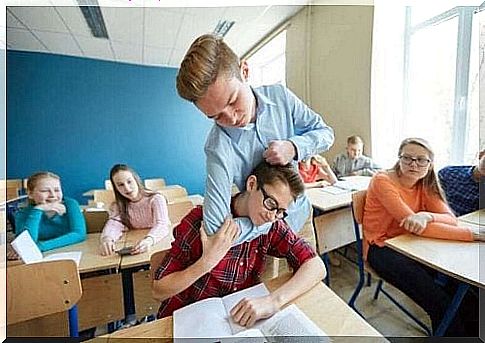
The macro system in an ecological approach to bullying
This refers to the cultural beliefs, political ideologies and religions with which the child has a relationship. In some cases, it is these areas that are at the root of discrimination and bullying.
Kronosystem
The importance of an ecological approach to bullying
The ecological approach to bullying is an important tool. If these environmental systems can help prevent bullying, then we can guarantee greater effectiveness in the reservations made.
Therefore, the educational centers that implement anti-bullying strategies must be consistent with an educational model that facilitates interaction between the different contexts in which the students grow up.


